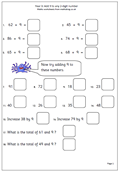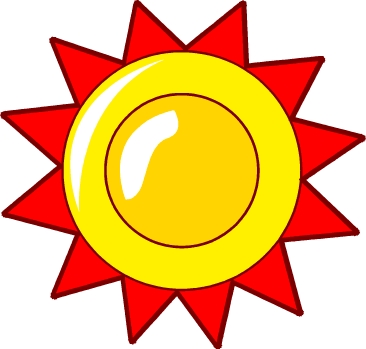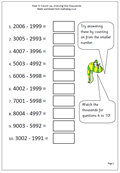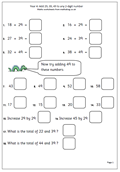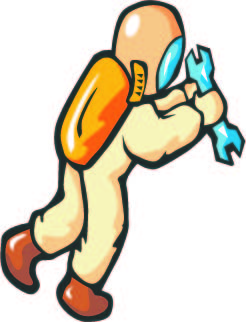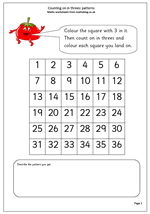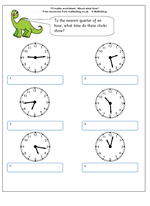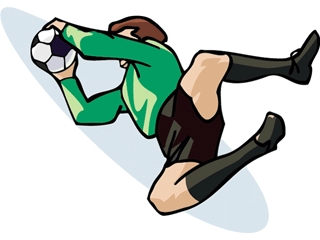 We have a great selection of worksheets coming up next week including an excellent World Cup Final investigation.
We have a great selection of worksheets coming up next week including an excellent World Cup Final investigation.
Firstly, a game for you to play with your child (around the age of 5/6) which urbrainy.com has allowed us to publish. You need two coloured pens to show who has answered the questions and a calculator in the case of any disputes!
By year 3 most children are quite confident with counting up in tens, but there can still be some difficulties, especially when counting over a hundreds boundary. We will be publishing a page which looks specifically at this.
It’s World Cup fever time and just to whet your appetite what if England reached the final and were drawing five all with Brazil at the end of extra time? How did the game go? Excellent for logical thinking and looking for patterns, especially as square numbers pop up!!
Suitable for Year 6 or younger football fanatics!
